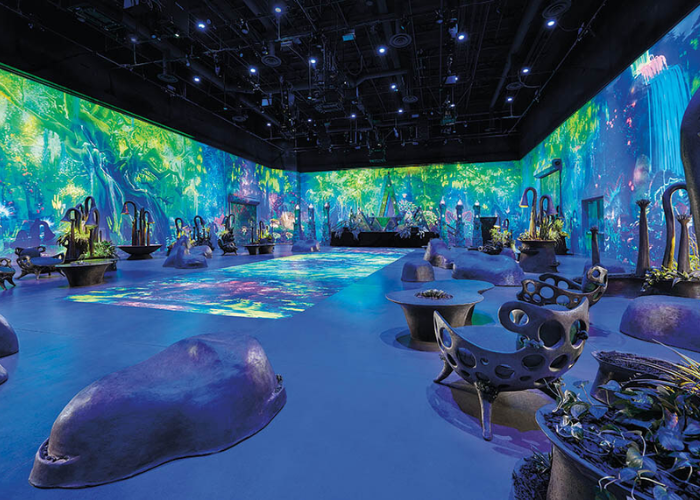Virtual Reality (VR) and Augmented Reality (AR) have become increasingly popular in the entertainment industry over the past few years. From virtual reality video games to augmented reality apps and experiences, both technologies are being used to create immersive and unique entertainment experiences. In this blog, we’ll explore what virtual reality and augmented reality are, how they are being used in the entertainment industry, the benefits and challenges of using them in entertainment, and what the future of VR and AR in entertainment looks like.
What is Virtual Reality?
Virtual Reality is an immersive technology that creates a simulated environment for the user. Virtual reality headsets are used to transport the user to a simulated environment, and the user can interact with their environment and the objects within it. Virtual reality can be used to create immersive video games, interactive movies, and virtual experiences.
What is Augmented Reality?
Augmented Reality is a technology that overlays digital content onto the physical world. Augmented reality is often used for entertainment purposes, with mobile apps and games offering unique experiences to the user. For example, popular games like Pokemon Go use augmented reality to overlay Pokemon characters onto the real world, allowing the user to interact with the virtual characters.
VR & AR in Entertainment
Virtual reality and augmented reality are both being used to create unique entertainment experiences. Virtual reality headsets are being used to create immersive video games and interactive movies, while augmented reality apps are being used to create interactive experiences and immersive gaming experiences. Virtual and augmented reality are also being used to create unique experiences in real world locations, such as virtual reality arcades or augmented reality theme parks.
Benefits of AR/VR in Entertainment
One of the main benefits of using virtual reality and augmented reality in entertainment is that it allows users to experience something unlike anything they have experienced before. Virtual reality and augmented reality allow users to be fully immersed in the entertainment experience, creating a sense of presence and interactivity that would not be possible with traditional media. VR and AR also allow users to explore unique environments and stories, offering them a completely unique entertainment experience.
Challenges of AR/VR in Entertainment
While there are many benefits to using virtual reality and augmented reality in entertainment, there are also some challenges that need to be addressed. One of the main challenges is cost, as virtual reality and augmented reality technology can be expensive to develop and maintain. The technology also requires users to have access to special hardware, such as VR headsets, which can be difficult for some users to access. Additionally, the technology can be difficult to use, and users may find it difficult to navigate virtual and augmented reality experiences.
The Future of AR/VR in Entertainment
The future of virtual reality and augmented reality in entertainment is bright. As the technology continues to improve, developers will be able to create more immersive and interactive experiences for users. Additionally, as the hardware becomes more affordable and accessible, more users will be able to experience virtual and augmented reality entertainment. Virtual reality and augmented reality will also be used to create unique experiences in real world locations, such as virtual reality arcades and augmented reality theme parks. The possibilities are endless, and the future of virtual reality and augmented reality in entertainment is sure to be exciting.
Conclusion
Virtual reality and augmented reality are becoming increasingly popular in the entertainment industry, as developers create unique and immersive experiences for users. Virtual reality and augmented reality offer users an experience unlike anything they have experienced before, allowing them to explore unique and interactive environments and stories. While there are some challenges associated with the technology, such as cost and accessibility, the future of VR and AR in entertainment looks bright. As the technology continues to improve, the possibilities for virtual and augmented reality entertainment are endless.







